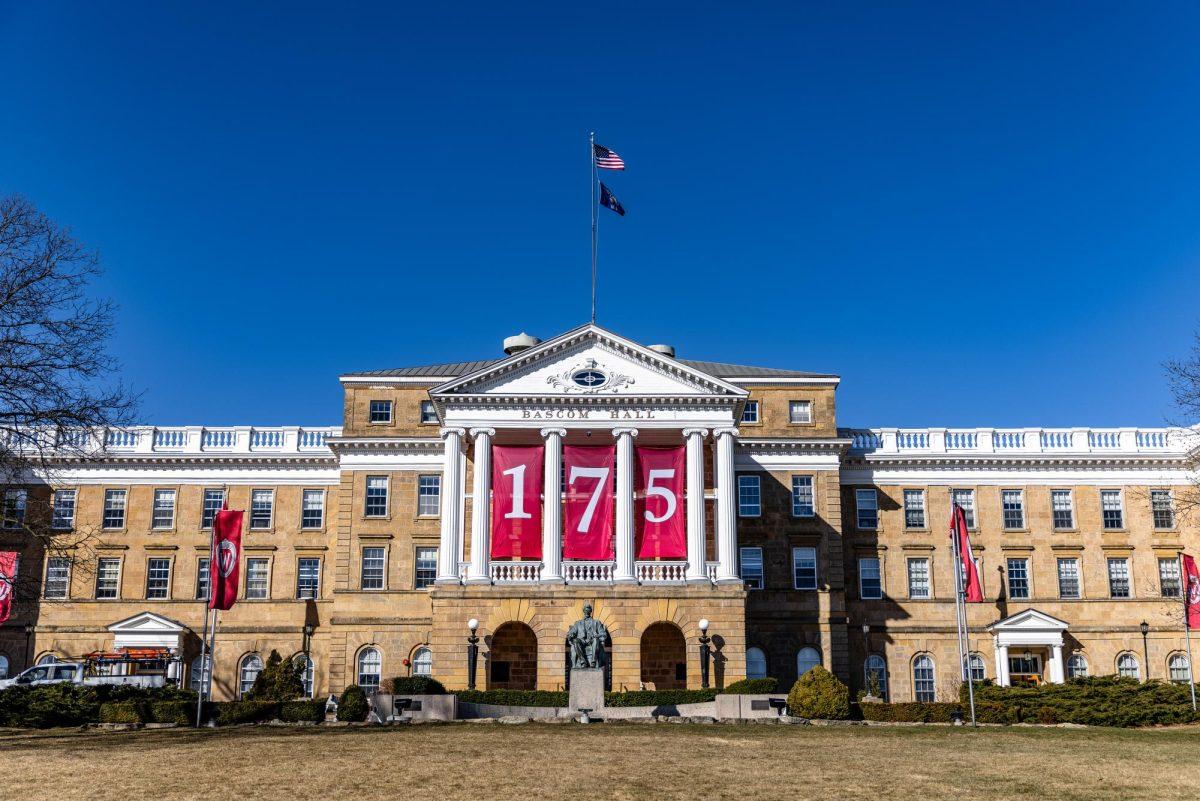When the innovative software application known as Napster first ignited the music-file trading frenzy back 1999, adults and children alike celebrated the birth of “free” music for all. Napster was put to death three years later by the Recording Industry Association of America in its famed copyright infringement lawsuit, but a new class of person-to-person file-sharing services sprung up that include KaZaA, Aimster, Morpheus, the Gnutella Network and BearShare.
At the peak of its power, Napster boasted over 80 million users, and when legal troubles forced Napster CEO Shawn Fanning to resign in 2002 it was clear that the millions of users were not just going to go away as the RIAA had hoped. A September 2003 survey of over 40,000 computer users conducted by the consumer tracking firm the NPD Group reported that nearly two-thirds — 64 percent — of all U.S. households with Internet access had at least one digital music file on their hard drives, and more than half of that group had up to 100 digital music files.
Now, just one year after the original Napster was officially retired, a new pay-to-play version of the software, deemed Napster 2.0, is scheduled for release today.
Former CEO and creator of the original Napster service Shawn Fanning participated in the trial runs with Napster 2.0’s parent company Roxio.
“I’ve used Napster 2.0 and it’s really great,” Fanning said on the Napster website. “It’s fast, easy to use, and the sound quality surpasses that of the original.”
Doug Morris, Chairman and CEO of Universal Music Group, is also excited by the revamped, “legal” version of the popular software.
“The launch of Napster adds yet another option to the growing number of legitimate outlets for consumers to buy music online,” Morris said. “We are committed to offering fans many ways to experience the music of their favorite artists.”
Napster 2.0 will offer consumers the choice of purchasing either a la carte music from it’s extensive catalogue of over 500,000 tracks at 99 cents a song and $9.95 per album, or users can register for its premium service for unlimited downloading and personal radio stations, priced at $9.95 a month. Users can also listen to 30-second clips of all songs in the music catalog and burn CDs more easily using the service’s “drag-and-drop” technology.
“I don’t really get why they’re calling it ‘Napster’,” said University of Wisconsin freshman Emma Newart. “It doesn’t even sound like the old Napster at all. I mean, why bother? I will probably just keep downloading for free off KaZaA instead.”
UW sophomore Ben Sherman disagrees about the spirit of the reincarnated program.
“I think I would use the new Napster service, but only in addition to Morpheus,” Sherman said. “It would be cool for getting songs that you can’t find the real versions of on the free services.”
In addition to Napster 2.0, other pay-to-play services popular with music customers include Rhapsody, MusicMatch, iTunes and buymusic.com. Non-paying services such as Morpheus and KaZaA still dominate the online music scene, but with the number of RIAA lawsuits growing every day, pay-to-play services may soon be music lovers’ most viable option for music downloads.










